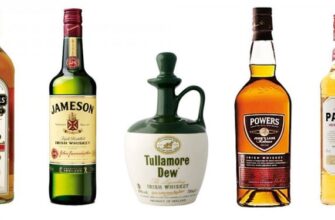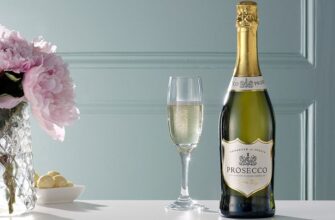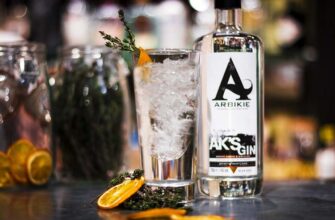Does rum make you feel like a pirate? If yes, then I'm with you! It's amazing how a regular drink can evoke such feelings and emotions. But this is not only with rum, for example, many argue that whiskey makes you feel elegant, and brandy makes people the most relaxed. But, what you can’t argue with is its popularity – only vodka is more famous than rum, and that is still worth clarifying.
If you are not afraid of pirates and you are not alien to an adventure with a bottle of strong, then set sail, we will sail away! I promise it will be interesting! =)
 Rum is usually made from sugar cane
Rum is usually made from sugar cane
What is the secret of its unique taste? Where does this incomparable feeling of lightness and freedom come from after the first sip? Probably, it's all about its preparation. Rum undergoes a special fermentation and distillation process and is made primarily from sugar cane or by-products such as molasses. Initially transparent, over time it acquires its rich colors thanks to aging in oak barrels. Despite the fact that rum is produced in different countries around the world, the vast majority of the 'good quality drink' comes from the Caribbean and Latin America.
Rum is one of the top 5 most popular drinks and is more in demand than scotch, brandy and even bourbon whiskey!
Rum history
Everyone knows rum as a drink of the Royal Navy and pirates, but few people know about its origin, and the history of this drink goes back deep into antiquity. It is rumored that its initial distillation began in ancient India and China, but this is a misconception, in fact it all started in Malaysia. While some believe that the Malay word 'brama' is the origin of the word 'rum', others argue that the real name of the drink has a different background. There are many theories as to where the name came from, but no one dares to say for sure, since the first mentions of the drink are not officially documented, but there are still a couple of options.
There is an option that the name comes from the Latin word 'saccharum' (sugar), or rather, from its last syllable 'rum'. At the same time, many believe that 'rum' comes from the Romanian word 'romani' (Romans), which also means 'strong' or 'powerful'. Other theories claim that the drink is named after the Dutch word 'roemer' (goblet) for drinking. Regardless of its etymology, the term 'rum' has existed for centuries and is used all over the world, sometimes with a common spelling, but usually with the same pronunciation.
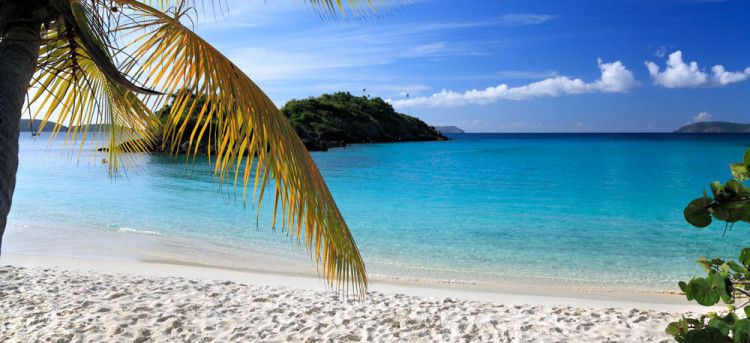 The first rum distillation was in the tropical Caribbean
The first rum distillation was in the tropical Caribbean
The first distillation of rum began in the 17th century. In the Caribbean, there were many plantations on which thousands of slaves worked. Once, once again exposing molasses to processing, the slaves realized that this product of sugar production can ferment and eventually turn into alcohol. This is where it all started! Most historians believe that rum was originally discovered on the island of Barbados, but records from the 1620s also claim that the drink was produced in Brazil. But that's not all: the Swedish warship 'Vasa', which tragically sank in 1628, had tin bottles on board, guess what?
Between 1630 and 1660, rum found its way into colonial America. In 1664, the British colonies created the very first distillery on Staten Island, and 3 years later in Boston, Massachusetts. Before long, rum distillation became colonial New England's most lucrative industry. Initially, rum was like whiskey and for a while, even had the role of currency. The drink quickly became popular with men, women and even children. To support the growing demand, a trade agreement was concluded between the colonies of the Caribbean and Africa, known as the 'Trade Triangle'. In a nutshell, the agreement facilitated the trade in rum, molasses and slaves, which provided labor, ingredients, and ultimately the rum itself.
 George Washington with his family
George Washington with his family
Over time, rum begins to be used in the political game and candidates begin to bribe voters with a drink in an attempt to influence the election results. And during his inauguration, George Washington generously treated guests with his Barbados rum, thus gaining future supporters and loyal friends. If now this approach seems implausible for us, earlier it was common practice to treat voters with rum and communicate with them. If not for the growing popularity of whiskey and restrictions on the part of the British Isles, then rum production would have remained steadily growing for many years to come.
About pirate life
Many people, myself included, have long been interested in pirates and rum. In almost any movie or story involving pirates, there is a lot of treasure, and of course rum. Surprisingly, many believe that rum has nothing to do with the golden age of pirates and that all the described 'adventures of a bottle of rum' are nothing more than a myth and a fantasy of Hollywood. For those who think so, I will have to bitter you and say that you are wrong – pirates and rum have actually always gone hand in hand.
In 1655, the Royal Navy captured Jamaica and the rum industry became the property of the British Navy. After some time, the British abandoned brandy and included rum in the daily diet of all sailors, giving the drink a new name 'grog', while changing its composition. The fact is that rum turned out to be too strong a drink and had a bad effect on sailors, interfering with work. Then, Admiral Edward Vernon ordered that the drink be diluted with something non-alcoholic. The name 'grog' is named after Admiral Vernon's 'grogram' cloak, which he always wore during inclement weather.
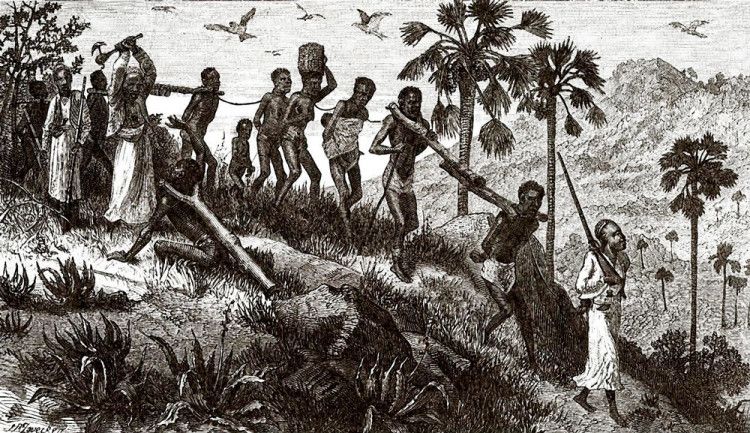 Rum has long been an exchange currency for buying slaves
Rum has long been an exchange currency for buying slaves
Since the main job of the Royal Navy was to capture pirates, when a pirate ship was captured, rum became the desired prey and was always divided equally among the crew. However, unlike Admiral Vernon, most captains, especially pirate ships, did not require their crew to dilute rum with water, and over time the vast majority of pirates became violently addicted to rum. This could not but affect economic relations and the drink quickly began to be used as a currency, and was valued as one of the most valuable goods. In addition, the pirates used rum as currency in the port, selling it in exchange for slaves. While many believe that pirates simply took what they wanted – and there is some truth in this, however – they developed business skills and knew how to conduct trade relations. Many pirate warlords used rum as a way to buy a new one or fix a real warship. As the Royal Navy and other military organizations increased the consumption of rum, pirates made the drink more famous and kept the industry afloat in every possible way.
What is rum made of
Unlike scotch or bourbon, there are no global requirements for rum production. Most regions have their own customs and traditions, which is one of the reasons that the most popular species are still produced in the Caribbean and Latin America.
 There are no strict requirements in the production of rum
There are no strict requirements in the production of rum
Most rum today is still made from molasses and the rest from natural sugarcane juices, but this is only in the French Caribbean islands. In particular, the island of Martinique produces sugarcane juice for rum, which is referred to as 'RHUM Agricole' (agricultural rum). In order to prepare this type of rum, the following criteria must be met:
- Fresh sugarcane juice should be used.
- Minimum sugar content (Brix> 14 ° Bx) and minimum pH (pH> 4.7) to prevent the development of undesirable aftertastes.
- Juice must be prepared according to the rules, for example, it must be cold.
- The fermentation process should be discontinuous and carried out in open containers with a maximum of 13.208 US gallons or 500 hectoliters.
The fermentation process is fairly simple, using the usual combination of yeast and water. There is a wide variety of wild and hybrid yeasts, but the standard rule is that lighter rum tends to contain faster yeast, while strong rums use slow type yeast, resulting in the most complex esters giving the drink has a sharp aroma and deep saturation.
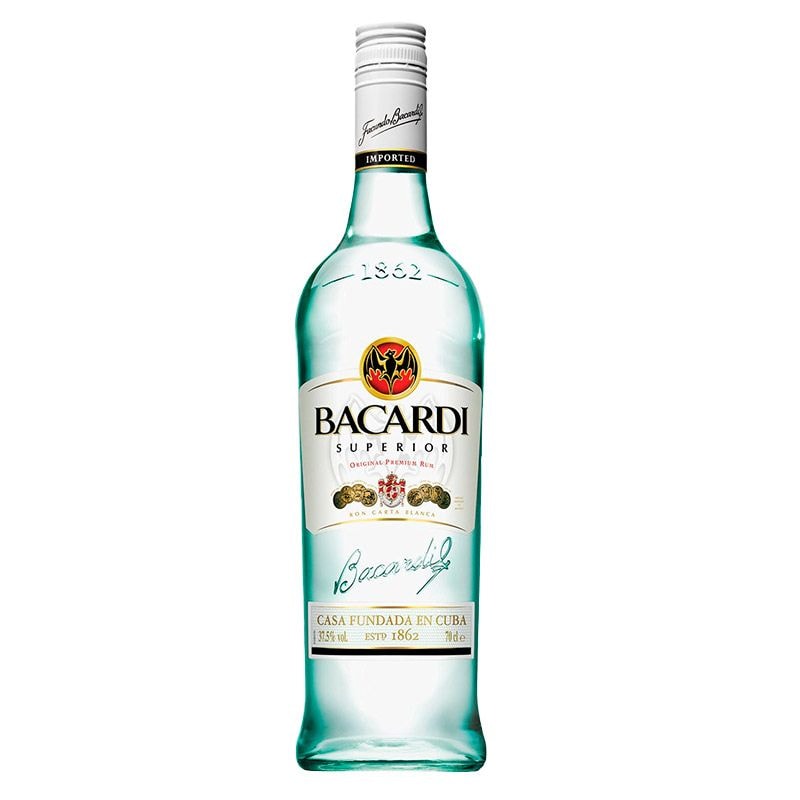
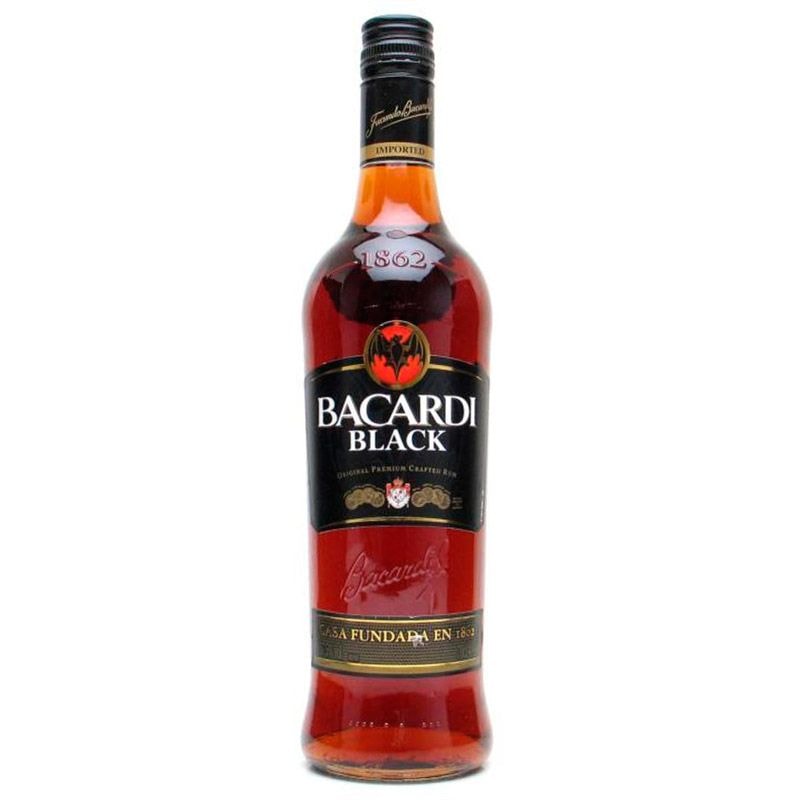
In distillation, there are also no hard and fast rules, the only thing worth remembering about the differences in alcohol in light and dark rum. The last step in making rum is aging, which varies from country to country. Many countries require a minimum holding period of at least one year. Also, the vast majority of rum is made using American bourbon oak for the aging process. Don't think that one year is too little to get a decent drink. Remember that most rum is produced in tropical climates and because of this, rum ripens much faster than whiskey or even cognac. However, it is worth noting that long aging in bourbon barrels is a prerequisite for deep saturation and noble dark shades. Light rums generally do not have strict aging rules and are kept in stainless steel tubs in most cases. But, there is also an unpleasant experience when caramel color is added to rum to change a light drink into a dark one. There is no way to check this, the only way out is to buy a drink in trusted stores.
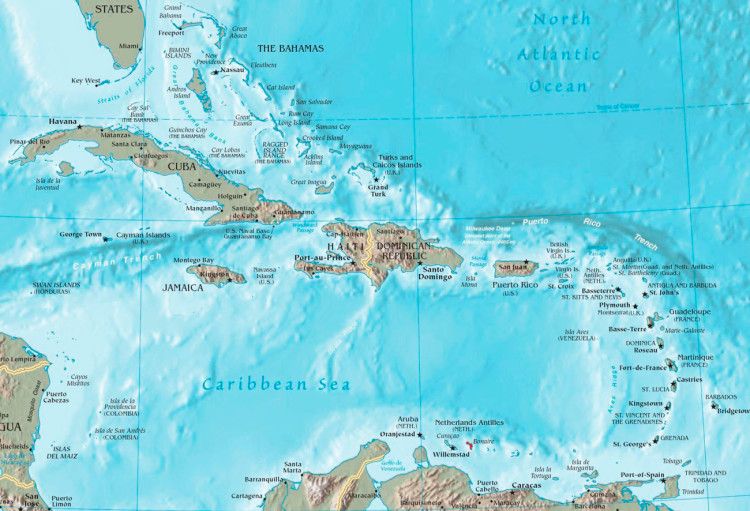 Caribbean map
Caribbean map
As rum is produced in a variety of ways in the Caribbean, many regions have developed their own styles that set them apart from their competitors. Rum from Jamaica, Barbados, Grenada, Belize and other English-speaking islands is characterized by its dark shade and richness of taste. Rum from Haiti, Guadeloupe and Martinique is made primarily from sugarcane juice rather than molasses, which gives it a more exotic flavor. In Brazil, they produce their own type of rum – Cashasa, which is made using younger sugar cane, which gives the drink a light shade. Also, this method of preparation contributes to the enhancement and development of secondary aromas. Kashasa is mainly used for the famous caipirinha cocktail, replacing vodka.
Types of rum
There are seven main types of rum around the world that can be found on sale in most liquor stores, and each has a unique tasting experience. Let's take a look at each drink separately.
Light rum
Light rum is sometimes called white or silver rum. It is filtered to maximum clarity and has a rather sweet aftertaste, which excludes strength and deep flavor. Due to its mild taste and aroma, it is well suited for mixing in various cocktails.
 Caney Light Rum Card Blanca Superior
Caney Light Rum Card Blanca Superior
Dark rum
The opposite of a light rum, which can be easily identified by its dark brown color. Dark rum is made from caramel molasses and aged in charred barrels for a significant period of time. Thanks to this, the drink turns out to be rich in comparison, for example, with a light rum. Also, dark rum can sometimes contain a little smoke and spices, which gives the drink a unique, incomparable taste. Typically, this type of rum has historically been used for cooking and baking, but more recently it has also been used by bartenders to give cocktails a darker flavor.
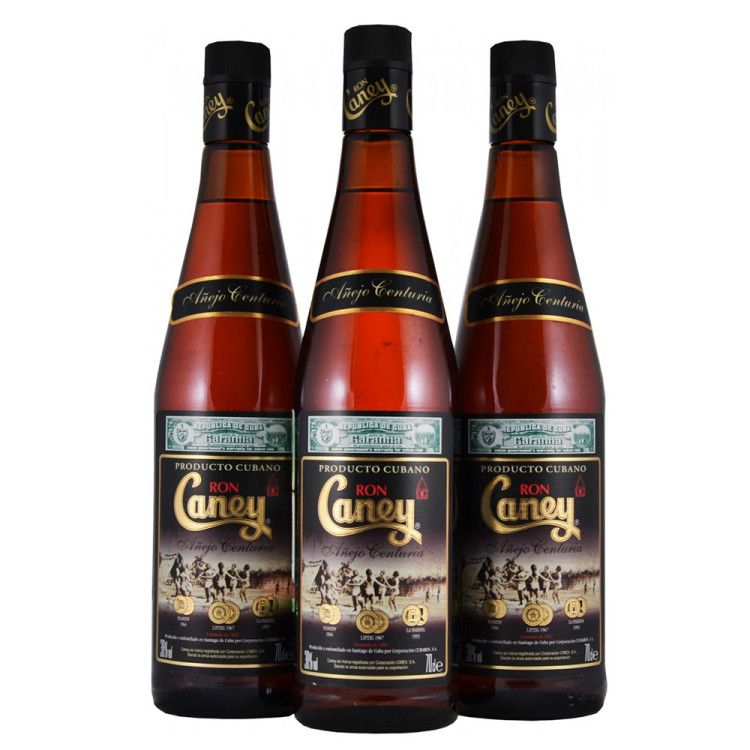 Dark Rum Caney Anejo Centuria
Dark Rum Caney Anejo Centuria
Golden rum
It is also often called amber rum due to its golden hue. It tastes lighter than dark rum, but stronger than light rum, which makes it the 'golden mean' among this family of drinks. Typically aged in white oak barrels, this rum is very popular when mixed with a variety of drinks.
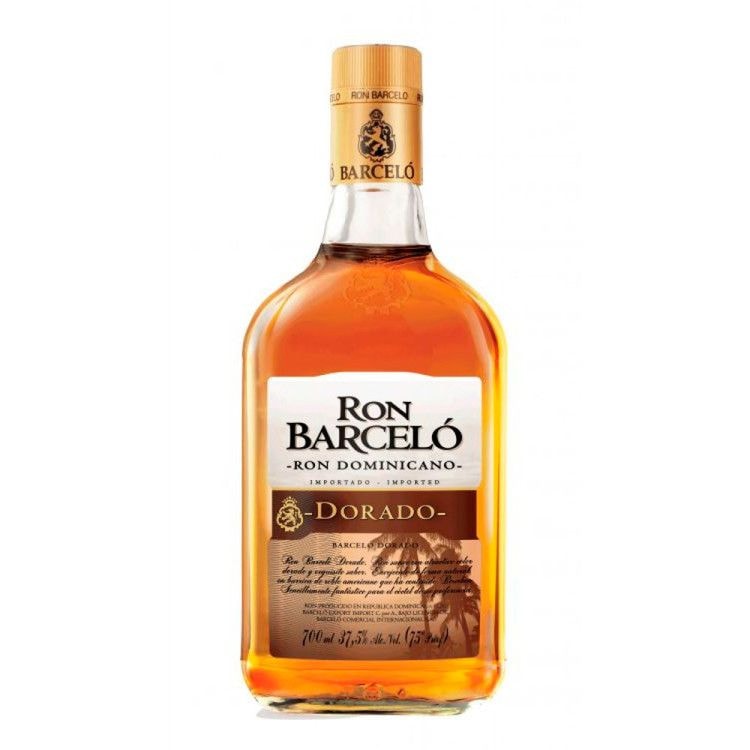 Barcelo Dorado Golden Rum
Barcelo Dorado Golden Rum
Spiced rum
Spiced rum is the same 'golden' rum, but with the addition of spices. Note: light rum is usually cheaper than its dark counterpart, but this does not make its taste worse. You need to understand that each type of rum is suitable for its own purposes – someone loves it stronger, and someone just wants to relax in the evening by the window. In most cases, spiced rum includes a mixture of anise, pepper, cinnamon and rosemary. But keep in mind, these ingredients, in addition to taste, also give additional strength to the drink, which can be quite unexpected if you did not plan to 'go home'.
Gooey rum
Many people call this type of rum 'premium'. It is very popular in Scotland and is called the 'rum of the world' there. Mostly sophisticated people who know about this drink drink it. It is customary to drink it not diluted, and also do not forget to slowly savor each sip. And, of course, don't forget the brandy glass.
Reference rum
A very strange drink. As soon as you start to get into the drinking process, you immediately get drunk and the whole evening is down the drain. This type of rum belongs to drinks with an alcoholic strength of 40% to 75%! The most famous example of this type of rum is Bacardi 151. This rum is usually drunk diluted with various drinks such as Coca-Cola, but not cocktails.
 Reference rum Bacardi 151
Reference rum Bacardi 151
Aromatic rum
This type of rum is like amortized vodka, but it's good or bad, you decide. This type of drink is a light rum, with dessert or fruit flavors. Flavored rum manifests itself best in tropical cocktails, but if you find 'your' taste, then you probably will not refuse to drink it in its pure form.
Finally
Today we touched upon the topic of a very interesting drink, the history and rumors of which have been hovering for many centuries. In the next part of this article, we'll take a look at rum-based cocktails, as well as a couple of tips on which rum is best to taste. Until next time!



